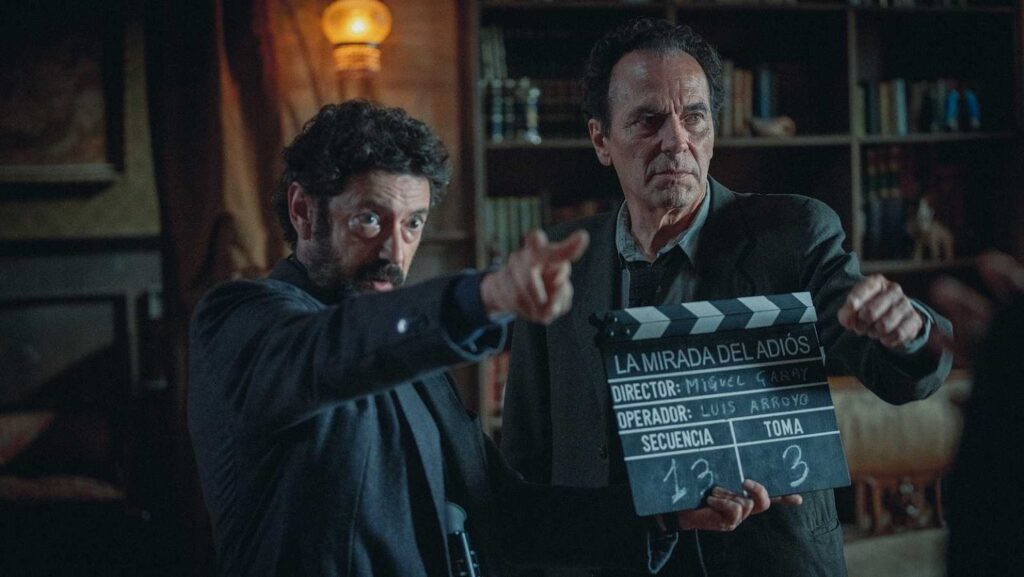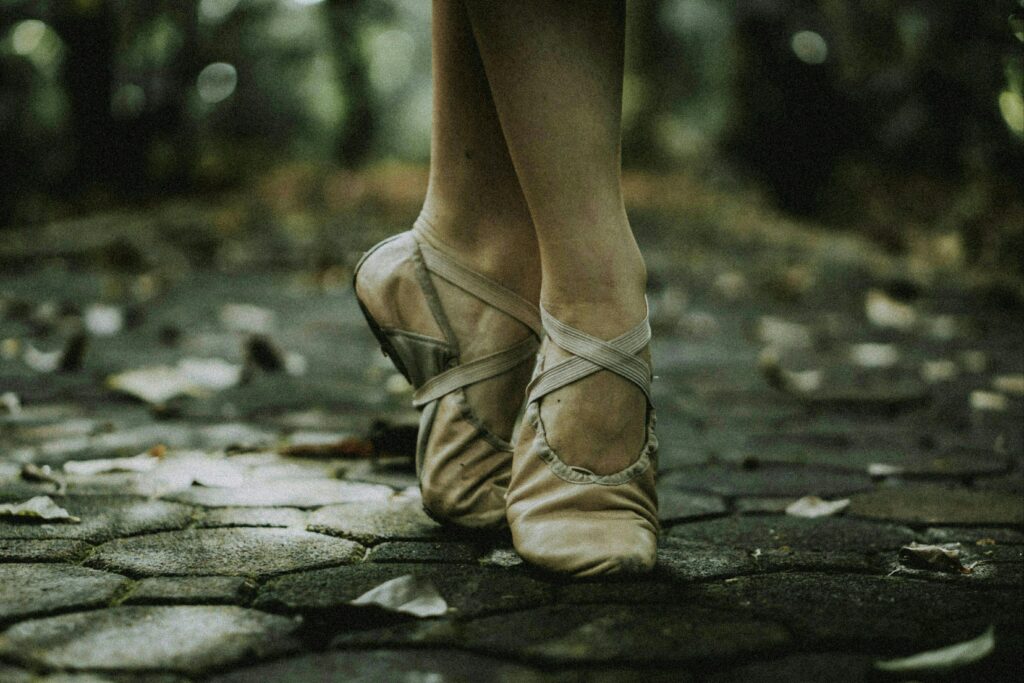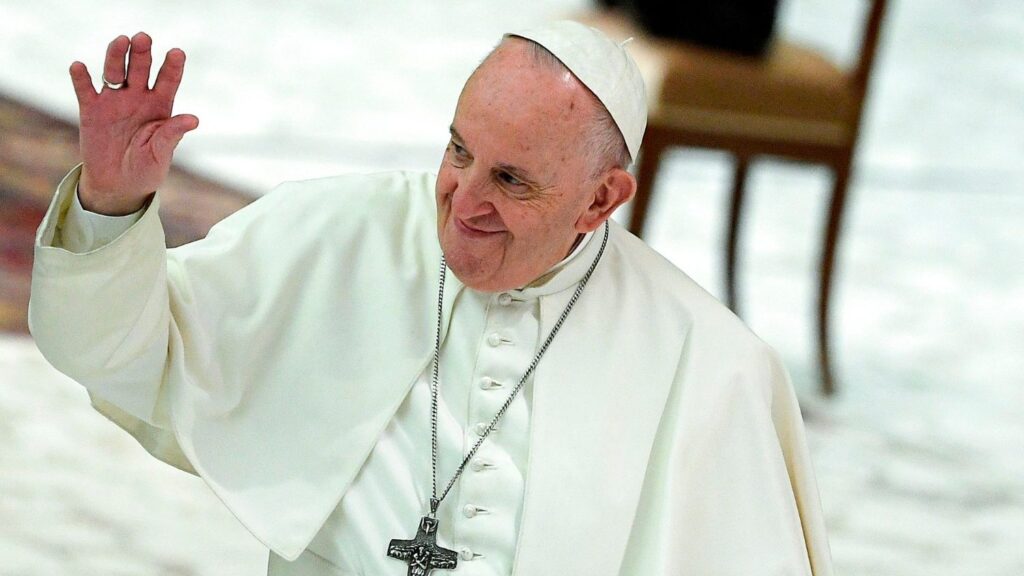Identity and memory open to others versus the myth of the solitary conscience
In Víctor Erice's film "Cerrar los ojos" (Close Your Eyes)

The dialectic between identity and memory, mediated by the relentless flow of time and the threat of oblivion, touching all aspects of human life, is a source of fruitful philosophical and bioethical reflection. In the film “Close Your Eyes” (2023), the Basque filmmaker Víctor Erice refutes the modern myth of the solipsistic conscience and the unanchored individual to vindicate affection and interrelation in the construction of identity and individual and collective memory. Erice, in a poetic and revealing film, praises the cinema that tries to give meaning to existence, through stories that intertwine lives and pay homage to cinemas, a place of communal experience, threatened by streaming on mobiles, tablets and computers.
Víctor Erice is one of the leading voices in Spanish cinema. Director of three emblematic films: “El espíritu de la colmena” (1973), “El sur” (1983) and “El sol del membrillo” (1992), he has returned to the big screen, after three decades without making a feature film, with “Cerrar los ojos”. In this film, the Basque filmmaker delves into the intricate relationships between identity, memory – with the consequent terror of losing it – and time, through the lives of two friends: the film director, Miguel Garay (Manolo Soto) and the actor, Julio Arenas (José Coronado). “The former carries the burden of memory on his shoulders and the latter doesn’t know who he is or who he was”, summarises Erice himself in one of his interviews.
The film has two plots that influence each other. The beginning of the film is a film within a film and the story alludes to an unfinished shoot, that of “la mirada del adiós”, directed by Miguel Garay and played by Julio Arenas. The plot takes us back to 1947, and is set in a French mansion Triste-Le Roy. Ferran Soler (Josep María Pou) commissions Franch, Julio Arenas in this fiction, to look for his daughter Judit in China – she now carries her mother’s name Qiao Shu – because before she dies she needs to be looked at with love, sincerity, and disinterest, something she has lacked during her life. Franch will accept the commission, although his only clue is a black-and-white photograph of the young woman. Only two sequences were shot because the main character, Julio Arenas, disappeared suddenly and without a trace, abandoning his only daughter, Ana (Ana Torrent).
The voice of Víctor Erice introduces us, at that moment, to the second plot, the one that gives the film its title “Cerrar los ojos” and which takes place in Spain, in 2012. A television program about disappearances sets out to reopen the case of the missing actor after 22 years. This means that all the people who shared Julio Arenas’ life have to remember and narrate how they experienced what happened. It will be the psychologist of a nuns’ home who, after the broadcast of the programme, confirms that a patient with amnesia, who has been in the home for several years, fits the profile of the actor.
The information prompts the film director to go out in search of his friend to help him remember and thus recover his identity. The illusion encourages him to come out of self-imposed reclusion and a deep melancholy due to the death of his son and various professional failures that had led him to stop directing films. Max Roca (Mario Pardo), responsible for the editing of Garay’s films, who carefully and affectionately keeps the 35mm film reels in metal boxes (a habit destined to disappear due to the digital support of films), and Ana, his daughter, who works at the Prado Museum, are also involved. But when they go to the asylum they find Julio Arenas, lost in a gaze that does not allow him to recognise either the other or himself.
Miguel Garay’s last attempt to get his friend to remember again is to organise a private screening of the last sequence of “la mirada del adiós”, before the disappearance. The director tries to bring out in the actor a glimmer of awareness of himself and of those who formed his emotional core. The scene is moving because Víctor Erice sets the shot in an old cinema-theatre, with wooden seats lined with red velvety fabric, and the noise of an old projector. “Go ahead, Max! Miguel Garay gives the order for the projection to begin and, in that instant, the two plots come together. If “Cerrar los ojos” begins with the first sequence of “La mirada del adiós”, the film will end, in an old village cinema, with the projection of the last scene of that film before the disappearance. Max, the expert film editor, confesses to Garay that such a task can only be carried out “with the faith of a practical person and not just that of a believer”.
Whether or not Julio Arenas recovers his identity, his memories and, above all, his network of affections, is open to the viewer’s imagination. For Víctor Erice it is not important because his film is not an action thriller, nor does it place before our eyes an enigma to be solved. The Basque filmmaker places the spectator before the mystery of human life, the unknowability of existence and the importance of being recognised and loved, as a condition of possibility to transcend our finitude, to be beings “for death”, in the expression of Martin Heidegger.
Erice moves us with his homage to cinema, whose material is made of human life itself and lives by telling stories that intertwine lives. The director of “Close Your Eyes” draws a parallel between filmic narration, the narrativity of human life itself, and ethical reflection, that is, making ourselves and others intelligible, responsibility for fragility and giving true meaning to our existence. Víctor Erice shakes us inside as much as he touches us when the actress Ana Torrent says to her father: I am Ana! The adult woman now, the same as that little girl with the deep, dark eyes who repeated that name, with the same strength and enthusiasm, in her debut as an actress in Erice’s “The Spirit of the Beehive”. Another key to the film is that Ana works in fiction at the Prado Museum, Erice’s second school when he moved to Madrid to study film. The producer argues that film draws more from painting than any other art form and that oil is the medium that best withstands the passage of time. And a third important transcript has to do with the unfinished film “La mirada del adiós”, which seems to refer biographically to Erice’s own frustrated project to shoot “El embrujo de Shanghái” in 1999 due to disagreements with the producer. The unfinished projects or frustrated illusions throughout life have penetrating approaches in the film’s dialogues that refer to the very mystery of life and the impossibility of knowing the full meaning until the end of our life’s plot. On many occasions, life’s frustrations infuriate us and, with the passage of time, we are grateful that some of our desires are not fulfilled.
Víctor Erice’s proposal is forceful and has a depth that demands slowness in the dialogues between the characters about the passing of time, knowing how to grow old, giving meaning to life, and the desire to close one’s eyes accompanied by love. The symbolic force of being recognised and loved, the first human need, concentrates the aesthetic experience of the film. The filmmaker wins the game against the most laminating scepticism and nihilism and forcefully refutes the myth of the solitary conscience and the unanchored individual, in favour of a poetics that vindicates inter-relationality in the construction of identity and memory, whether individual or collective. Erice is not resigned, and in one of the film’s promotional interviews he makes this clear: “What worries me is the loss of awareness of the other. There is a lot of talk about memory and very little about conscience. In the work that Julio Arenas does in the old people’s home, he never helps another old man or woman, and that is premeditated on my part. The loss of conscience of the other is what matters to me”.
Erice’s work touches on all aspects of human existence and brings us face to face with philosophical and bioethical reflections of the present day. Authors such as Singer and Engelhardt, among others, try to revise the concept of person, denying this consideration to those human beings who do not have or have lost the capacity for self-reflection and consciousness (embryos, babies, people in comas, in the terminal phase, Alzheimer’s patients, amnesiacs, etc.). This has far-reaching ethical consequences with regard to the centrality and sacredness of human life and responsibility for the fragile and vulnerable.
It is in the work of the English philosopher, John Locke, that the relation of identity and memory to the consideration of the personal self originates [1]. Locke annuls any openness that contemplates identity. However, authors such as Paul Ricoeur denounced the aporia of Locke’s thesis and defended the importance of affective memory, which is closer to feelings than voluntary memory linked to cold reason [2]. In his work The Sources of the Self, Charles Taylor links identity and memory with horizons of meaning and frames of reference acquired through language and the process of socialisation, which allow us to answer vital questions such as “Who am I? or “How did I get here? Taylor refers to the temporal dimension, the need to understand the course of life as an unfolding story. This is a thesis that is echoed by Ricoeur in his concept of narrative identity and by Alasdair MacIntyre in his idea of narrative unity [3]. Approaching identity in a narrative way avoids falling into a solipsism that reduces us to the sphere of self-consciousness, in order to project ourselves, as Ricoeur intuits, in the embrace of relationality. It also avoids the arrogance of believing that we can know and control everything without needing anyone else. The writer, Milan Kundera, states in a clarifying way: “Friendship is indispensable to man for the proper functioning of his memory” [4].
As far as the collective memory of peoples is concerned, it is of vital importance that every society possesses a degree of cohesion in the face of the thesis that the only thing that unites us is selfishness. This is what Ricoeur [5] argues in showing how collective identity is cemented and the risks of manipulating memory with an ideology at the service of power, which resorts to narratives that make this perversion possible. “Closing our eyes” alerts us to the individualistic mirages that weaken affective bonds and these false stratagems.
Amparo Aygües – Former student of the Master’s Degree in Bioethics – Collaborator of the Bioethics Observatory
___
[1] Locke, J. (1956). Essay on human understanding. Mexico: FCE.
[2] Ricoeur, P. (1999). La lectura del tiempo pasado: memoria y olvido. Madrid: Arrecife.
[3] MacIntyre, A. (2001). After virtue. Barcelona: Crítica.
[4] Kundera, M. (2009). La identidad. Barcelona: Tusquets.
[5] Ricoeur, P. (2000). La memoria, la historia, el olvido. Buenos Aires: FCE.
Related

Dance: Strength, Delicacy, and Dignity
Mar Dorrio
29 April, 2025
2 min

The Four Seasons of Your Life: Much More Than Music
P Angel Espinosa de los Monteros
28 April, 2025
3 min

A Pope Never Goes Away
José Antonio Varela
28 April, 2025
4 min

Divine Mercy, the Small and the Great
José María Montiu de Nuix
27 April, 2025
5 min
 (EN)
(EN)
 (ES)
(ES)
 (IT)
(IT)

